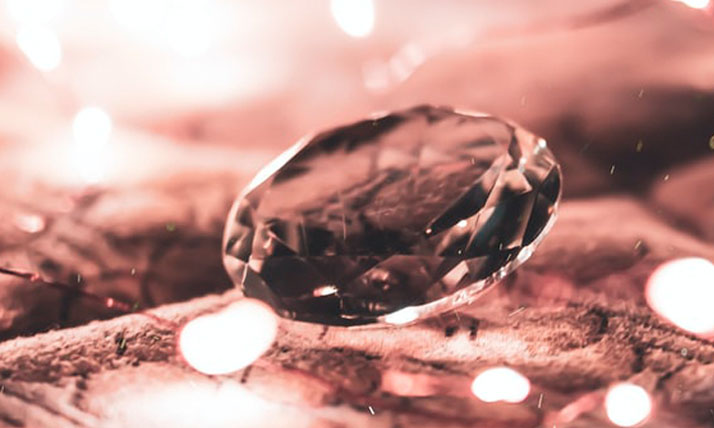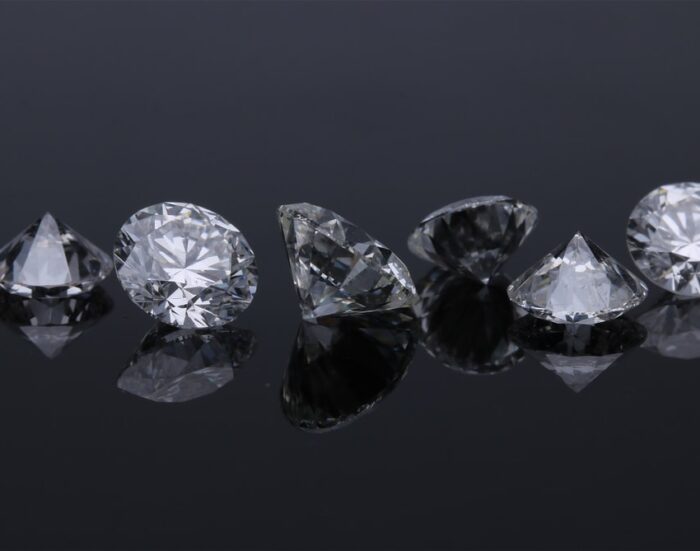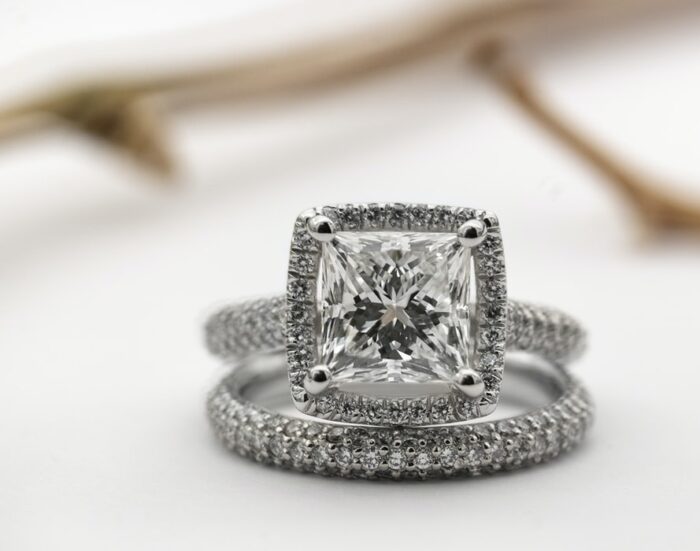Round brilliant Cut Diamond Explained
Over 100 years ago a Russian mathematician set out to cut the “ideal” diamond, and what he ended up creating was the Round Brilliant-cut diamond. The Round Brilliant is now probably the most popular diamond in the world, representing about 75% of all diamonds sold. They tend to cost more because the demand for them is so high and the yield (the amount of diamond left after cutting) is so low. The mathematician’s work seems to have paid off.
Round Brilliant Cut Diamond Explained in shape, appearance, and cut rating. The Brilliant cut is cone-shaped and has what is called a “brilliant-cut” because it is cut with 58 facets, maximizing its brilliance, fire and scintillation (brilliant-cut does not mean the diamond has a higher IQ than other diamonds).
The Round Brilliant is not only popular but also versatile. You can be flexible with the cut, color and clarity grades of the diamond to fit your budget without really sacrificing fire and brilliance.
Most recommend a cut rating of Excellent or Very good and at the very least Good if on a budget. When it comes to color, don’t stress too much about getting it colorless, some people ever prefer the warmer “lower” colors. For clarity just go by the GIA’s guide.
Princess Diamond
The Princess diamond is the next-most popular diamond cut next to the Round Brilliant cut diamond. The shape is more square or rectangular and looks like an upside down pyramid with rounded corners. Though it is often compared to the Round Brilliant as the “square modified brilliant” the two are completely different from one another, aside from similar brilliance in look and shine.
The upside is that Princess diamonds tend to have a lower price tag than the Round Brilliants of the same carat weight because the Princess’s yield is much, much higher than the round brilliant cut.
In terms of recommendations, you need to be a little more careful with picking the color than you would with the Round Brilliant because it isn’t as superior at hiding the true color as the Round Brilliant is. Many recommend at least an H Color or I color for the best value, and nothing below J color. For clarity, just be careful if the inclusion is on any of the diamond’s corners because that will make it more prone to chipping. Finally, the cut, for this diamond is a little tricky because the Gemological Institute of America (GIA) does not grade the cut of this diamond. They don’t find enough consensuses in the industry to make an objective grade. If you need other opinions to cross reference, the Accredited Gem Appraisers (AGA), American Gem Society Laboratory (AGSL) and European Gem Laboratories-USA (EGL-USA) do offer cut grades.


